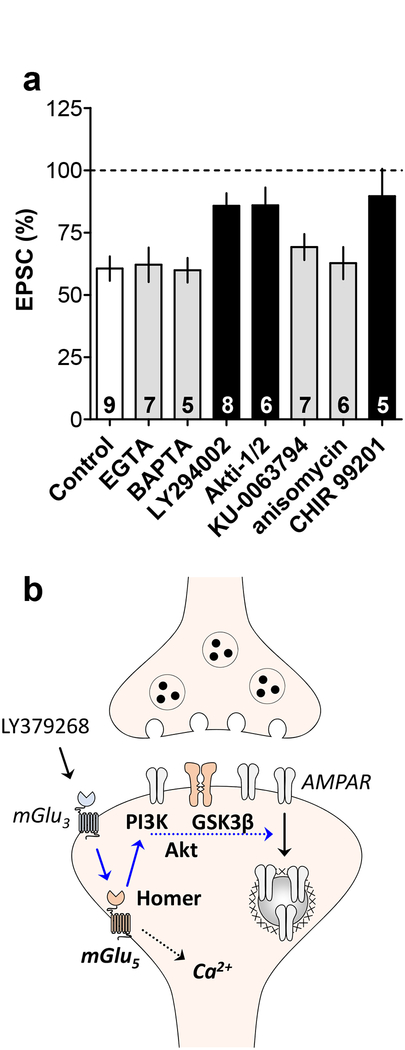Figure 5. Mechanisms of mGlu3-LTD in the prelimbic prefrontal cortex.
(a) Long-term depression (LTD) of excitatory transmission in the prelimbic prefrontal cortex (PL-PFC) was induced by bath application of LY379268, an orthosteric agonist at metabotropic glutamate (mGlu) receptor subtype 3 (mGlu3). In previous publications (Di Menna et al, 2018; Joffe et al, 2017), we have demonstrated that this LTD requires the activity of mGlu3 and mGlu5. Here, we demonstrate that PL-PFC mGlu3-LTD is not impaired by manipulations that sequester intracellular Ca2+ (EGTA and BAPTA) or block the mechanistic target of rapamycin and protein translation (KU-0063794 and anisomycin). Instead, PL-PFC mGlu3-LTD is blocked by a Phosphoinositide-3-kinase (PI3K) inhibitor (LY294002), an Akt inhibitor (Akti-1/2), and a Glycogen synthase kinase 3 inhibitor (CHIR 99201). The number in each bar represents the number of cells per experiment. A one-way ANOVA revealed a main effect of treatment (F1,7 = 3.957; p = 0.0019). Grey bars denote no significant difference from Control. Black bars denote p < 0.05, Bonferonni post-test vs. Control. (b) Conclusions drawn from the present studies are displayed in bold and findings from two previous papers are italicized. While activation of mGlu3 potentiates mGlu5-mediated Ca2+ mobilization, the present findings suggest that is not related to LTD. Instead, mGlu3-LTD is modulated by interactions between mGlu5 and Homer proteins and requires signaling through PI3K, Akt, and GSK3. This signaling culminates with the dynamin-dependent internalization of AMPA receptors and a long-term decrease in postsynaptic quantal size and content. EPSC, excitatory postsynaptic current; GSK3β, glycogen synthase kinase 3β LTD, long-term depression; mGlu3 and mGlu5, metabotropic glutamate receptor subtype 3 and 5; PI3K, phosphoinositide 3-kinase; PL-PFC, prelimbic prefrontal cortex.

